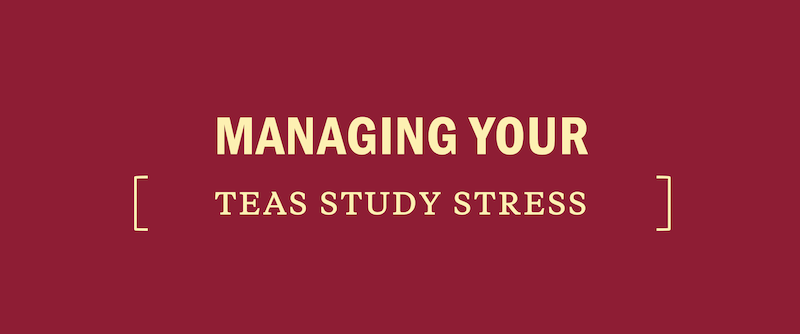What's Tested on the TEAS: English and Language
As a nursing or health science student and then later as a healthcare professional, you will be expected to express yourself clearly and correctly in writing. This skill will be important to your ability to communicate with clients and colleagues. You might be adding notes to a client’s chart, writing out instructions for a client or colleague, or preparing educational material to distribute to clients or the public. The TEAS English and language usage content area tests your ability to use correct spelling, punctuation, and grammar; construct sentences and paragraphs to convey meaning clearly; and use appropriate vocabulary and style to communicate to a given audience.
The TEAS English and Language Usage Content Area
Of the 170 items on the TEAS, 28 will be in the English and language usage content area, and you will have 28 minutes to answer them. This means you will have an average of 1 minute per question.
In the English and language usage section, 24 of the 28 questions will be scored, and 4 will be unscored. You won’t know which questions are unscored, so do your best on every question.
The 24 scored English and language usage questions come from three sub-content areas:
| Sub-content Areas | Number of Questions |
| Conventions of standard English | 9 |
| Knowledge of language | 9 |
| Vocabulary acquisition | 6 |
The Kaplan Method for English and Language Usage
Thinking through questions step-by-step will help you approach every question with the right rules in mind.
ALSO READ:
- What’s Tested on the ATI TEAS?
- What’s Tested on the TEAS: Mathematics
- What’s Tested on the TEAS: Science
- What’s Tested on the TEAS: Reading





